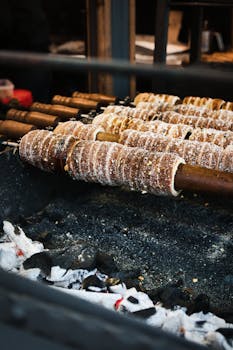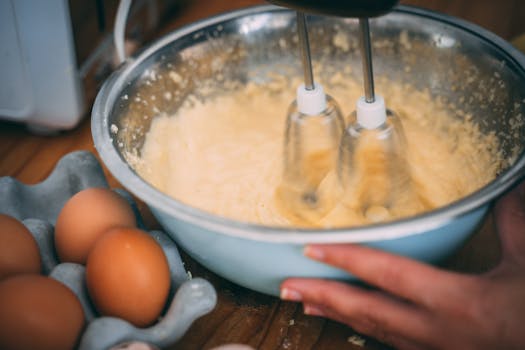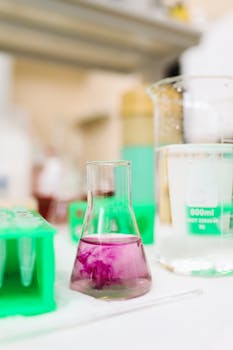Benefits
Flavor Enhancement
Nutritional Value
Digestibility
Sustainable Cooking
Cultural and Gastronomic Development
Get creative with yeast mixture
Incorporating a yeast mixture into homemade root beer for a naturally fermented, bubbly drink
Crafting a light, yeast-leavened sourdough cracker with a crisp texture and tangy flavor
Utilizing a yeast mixture in the creation of vegan cheese, where the yeast adds a depth of flavor mimicking traditional cheese fermentation
Experimentation with yeast-fermented ice creams, where the yeast mixture contributes to a unique, slightly tangy flavor profile
Developing a yeast-based batter for deep-frying vegetables or fish, resulting in a light, airy, and crunchy coating
Something you can make with yeast mixture
Origin
Yeast is a microorganism that has been used in baking and brewing for thousands of years. The use of yeast in food preparation dates back to ancient Egypt, where it was used to leaven bread. The process of using yeast to ferment dough or liquid is known as fermentation. Yeast is typically derived from a species of Saccharomyces cerevisiae, also known as baker's yeast. It is a single-celled fungus that metabolizes sugar and produces carbon dioxide and alcohol as byproducts. Yeast is cultivated and grown in controlled environments to ensure its purity and effectiveness. The yeast mixture used in cooking and baking is typically a combination of active dry yeast or instant yeast, along with other ingredients such as sugar and water, to activate and feed the yeast before adding it to the recipe.


